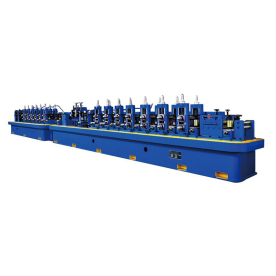[Impedor Circuit Element]Understanding Impedor Circuit Element: Its Functionality, Applications, and Significance in Modern Electronics
News 2024-9-13
****In the ever-evolving world of electronics, the term "impedor circuit element" has gained prominence as a fundamental building block in the design and implementation of complex circuits. This article delves into the intricacies of the impedor circuit element, examining its functionality, applications across various fields, and its significant contributions to the performance and efficiency of modern electronic systems.
What is an Impedor Circuit Element?

Understanding Impedor Circuit Element: Its Functionality, Applications, and Significance in Modern Electronics
Functionality of Impedor Circuit Elements
In electrical engineering, the impedor circuit element plays a crucial role in shaping the behavior of AC circuits. It allows engineers to analyze how circuits respond to various frequencies, which is particularly important in applications like signal processing, audio systems, and radio frequency (RF) design.
1. **Resistors**: These are the simplest form of impedor elements, providing constant resistance regardless of frequency. They are essential in controlling the flow of electric current and dissipating energy in the form of heat.
2. **Capacitors**: Unlike resistors, capacitors provide reactive impedance that varies inversely with frequency. As frequency increases, capacitive reactance decreases, allowing more current to pass through. Capacitors are widely used in filtering applications and energy storage systems within circuits.
3. **Inductors**: These elements store energy in a magnetic field when electric current flows through them. The impedance of inductors increases with frequency, thus impeding higher frequency signals. This unique property makes inductors pivotal in tuning circuits, filters, and power supply systems.
Applications of Impedor Circuit Elements
The versatility of impedor circuit elements makes them applicable across numerous fields, including telecommunications, automotive electronics, consumer electronics, and medical devices. Here are a few notable applications:
1. **Signal Processing**: Impedor elements help in designing filters that can allow certain frequencies to pass while blocking others. This is critical in communication systems where specific signal frequencies need to be distinguished from noise.
2. **Power Supply Design**: Effective management of voltage and current levels is vital for stable power supply units (PSUs). Impedor elements are utilized in creating smooth rectified outputs and minimizing ripple in output signals.

Understanding Impedor Circuit Element: Its Functionality, Applications, and Significance in Modern Electronics
4. **RF and Microwave Engineering**: Impedor elements are crucial in RF amplifiers and mixers where signal integrity and performance depend heavily on impedance matching. Properly matched impedances prevent signal reflection, ensuring maximum power transfer.
The Significance of Impedor Circuit Elements in Modern Electronics
The importance of understanding impedor circuit elements cannot be overstated. As electronic devices become more sophisticated and interconnected—especially in the context of the Internet of Things (IoT)—the need for efficient, high-performance circuits becomes increasingly dire.
Incorporating impedor elements thoughtfully allows for better control over circuit behavior under varying operational circumstances. This leads to improved reliability, reduced energy waste, and enhanced performance in complex electronic systems. Furthermore, advancements in material science and nanotechnology promise even more refined impedor elements, paving the way for smaller and more efficient devices.
Conclusion

